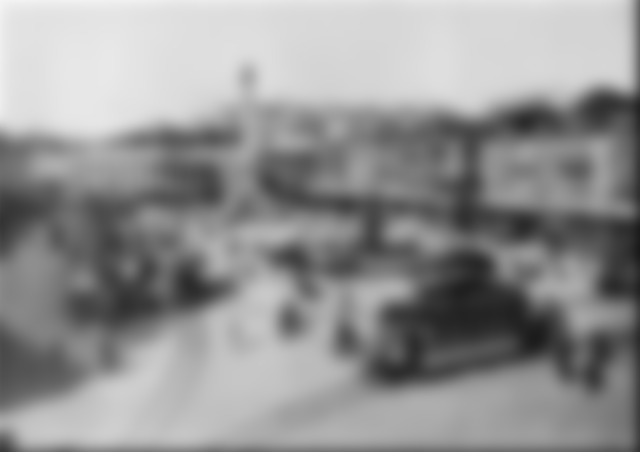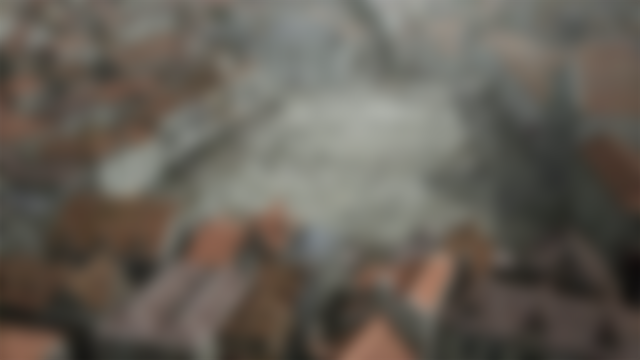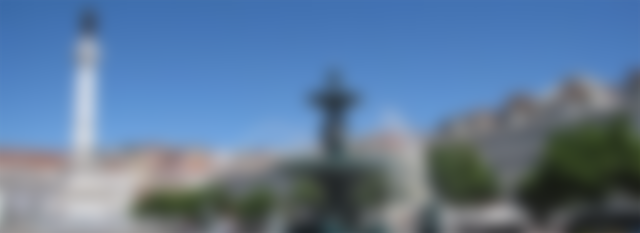This square consists of a square that is located in downtown Lisbon, the capital of Portugal.
Their historical records date back to the Roman period and report that at that time this was where a hippodrome was located. But before the twelfth century the area that later gave way to this square was perfectly navigable since a tributary of the Tejo River bathed it quite often. At that time this place was known by the name of Valverde. Fairs and markets have always been held in this place making it an important market space.
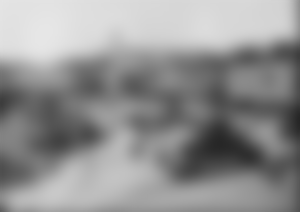
The buildings around him began to be built from an early age and in the 15th century, during the reign of D.João II and D.Manuel I, the "Hospital de Todos os Santos" was built here. About 25 stone warheads could be observed, and in its center a temple of Manueline architecture with a portico decorated with the emblems of the founders. An image of Nossa Senhora do Amparo could also be viewed here. Near this hospital was the Convent of St.Dominic, which was built in 1242 by D.Sancho II and later remodeled and enlarged by D.Afonso III and D.Manuel I.

In 1531 all this was ruined by the great earthquake that is part of the country's history and was rebuilt years later. A new earthquake in 1755 made all the richness of these buildings disappear, leaving only the chancel built by D.João V and designed by architect João Frederico Ludovice.
Palace of the Estaus / National Theater D.Maria II

In 1449 D. Pedro ordered the building of the Estaus Palace, which had three towers and served to house the people of the court who did not have their own residence. Foreign monarchs and ambassadors were also staying here when visiting Portugal. Later the seat of the Inquisition was placed there and the Court became the Order House of the Holy Inquisition. It is in the year 1755 that everything is once again ruined and later rebuilt.
At present this palace is located at the north top of Rossio Square and it has been operating since the 19th century the National Theater D.Maria II.
Rossio After the 1755 Earthquake

After this earthquake Rossio Square was built again and a square shaped square emerged. The Estaus Palace has served as home to various institutions and since 1846 serves the same purpose.
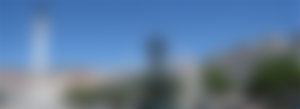
In this square there have always been big parties, fairs, military parties among many others and the great riots at the death of D. Fernando were also witnessed in this place. Garcia Valvez was burned alive there and many other beheaded people.
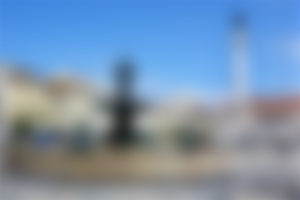
Today it is a square with some grove and that's where some political rallies are held, and the Pombaline buildings that remain from all the effects of changing times are souvenir shops, some jewelers and cafes.


